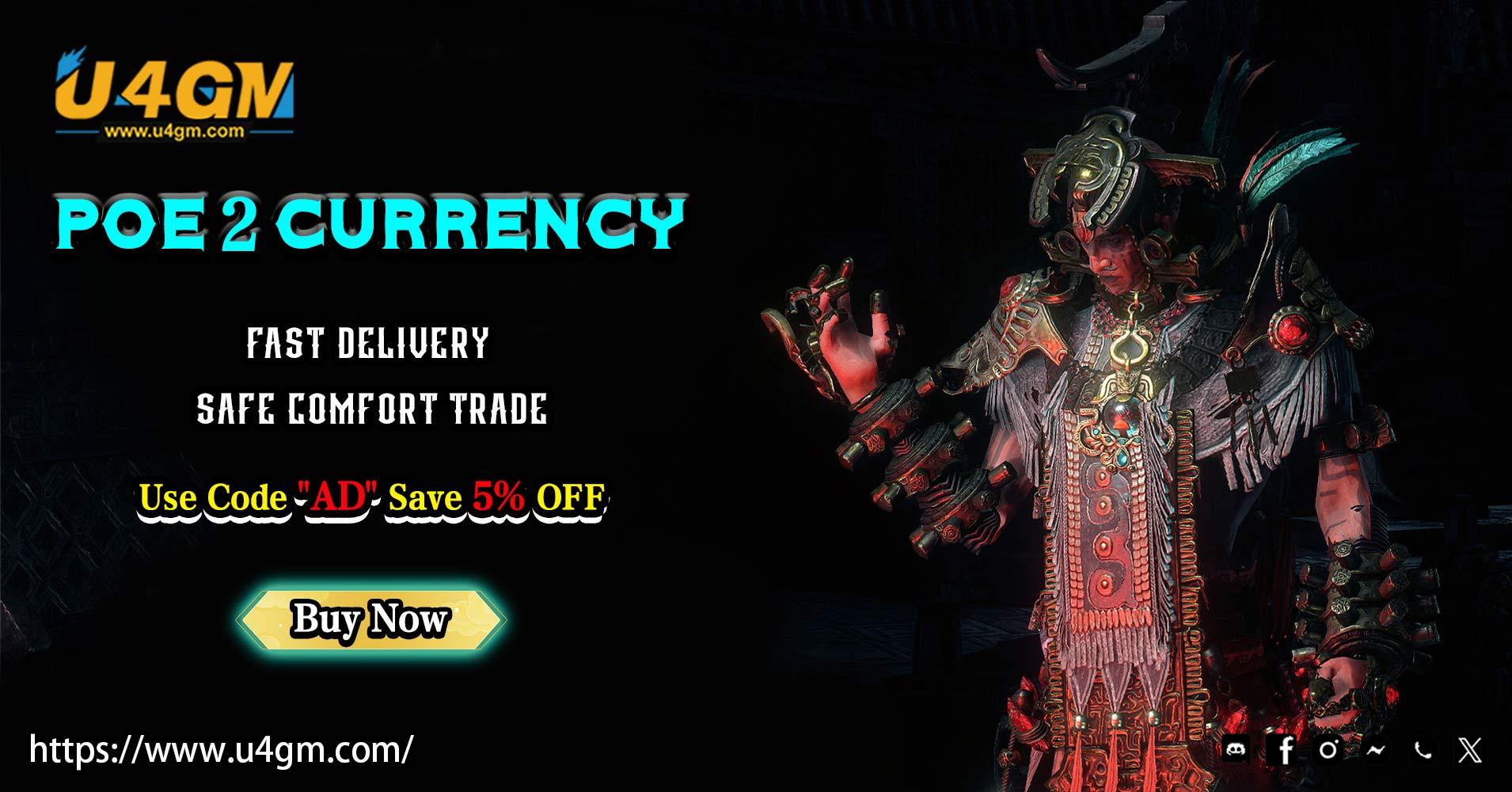How does poe 2 prevent power creep in its endgame?
Path of Exile 2 approaches endgame design with a revolutionary philosophy that deliberately avoids traditional power creep by focusing on horizontal progression, meaningful player choice, and mechanical mastery rather than infinite statistical escalation. Rather than simply increasing numerical values with each expansion, the development team has created a sustainable ecosystem where player power expands through versatility, strategic specialization, and acquired skill. This paradigm shift ensures that new content enhances the gaming experience without making previous achievements obsolete or trivializing established challenges.
The cornerstone of this approach is the emphasis on horizontal progression systems that offer alternative paths to power rather than linear upgrades. Where traditional action RPGs might continuously raise level caps or item stat ceilings, Path of Exile 2 introduces parallel endgame systems that provide distinct advantages without creating clear power hierarchies. The redesigned Atlas of Worlds doesn't just make characters statistically stronger—it unlocks new ways to engage with content through specialized passive trees that modify how game mechanics behave. A player might specialize their Atlas to enhance league mechanics they enjoy, customize boss encounters for different rewards, or optimize specific farming strategies. This creates power through customization and efficiency rather than raw statistics. Similarly, the new Endgame Mastery system provides account-wide bonuses that unlock alternative gameplay options rather than direct numerical advantages, ensuring characters become more versatile and specialized without becoming universally more powerful.
Itemization follows the same philosophy through smart caps and meaningful trade-offs. The affix system has been rebalanced with clearer upper bounds, preventing the endless inflation of core statistics like damage and life that plagued the original game's balance. Instead, power progression comes from acquiring specialized modifiers that enable new build possibilities or enhance specific playstyles. A late-game item might not have higher raw numbers than a mid-game one but could feature unique modifier combinations that fundamentally change how a skill functions. The crafting system supports this through more deterministic methods that allow players to target specific modifiers but within carefully balanced constraints that prevent the creation of items with previously impossible statistical combinations. This shifts the focus from chasing endlessly escalating numbers to pursuing perfectly synergized modifier combinations that enable distinctive builds.
The ultimate safeguard against power creep lies in Path of Exile 2's encounter design philosophy. Bosses and pinnacle challenges are designed with mechanical complexity as their primary difficulty metric rather than inflated health pools or damage numbers. Success in these encounters depends on executing intricate attack patterns, managing multiple stage transitions, and utilizing environmental interactions—factors that cannot be overcome through statistical superiority alone. The game's new engine enables more sophisticated boss behaviors with clearer visual telegraphing, making skill and knowledge the primary determinants of success rather than gear checks. By designing engaging content that rewards player expertise rather than character statistics, poe 2 currency creates a sustainable endgame where new expansions can introduce fresh challenges and strategic possibilities without triggering the destructive cycle of power inflation that has plagued countless other action RPGs. This approach ensures that both new and veteran players can find continuous challenge and engagement throughout the game's lifecycle.
- Art
- Causes
- Crafts
- Dance
- Drinks
- Film
- Fitness
- Food
- Jogos
- Gardening
- Health
- Início
- Literature
- Music
- Networking
- Outro
- Party
- Religion
- Shopping
- Sports
- Theater
- Wellness



